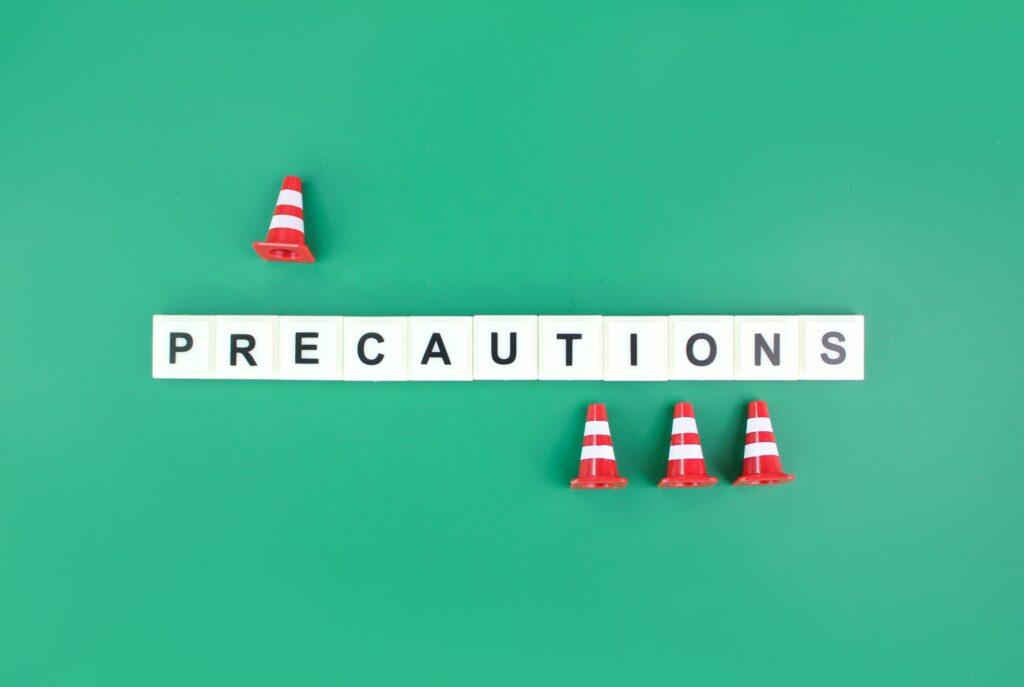Introduction
In any emergency scenario, the capability to examine a casualty's responsiveness can imply the difference between life and death. Understanding how to do this vital evaluation is crucial for any individual involved in Basic Life Support (BLS) training. This short article looks into The Importance of Checking Responsiveness: A BLS Essential, discovering its relevance within the wider context of basic vs innovative life assistance methods, healthcare facility codes and protocols, and much more.
Table of Contents
Understanding Responsiveness in BLS- What is Responsiveness? Why is it Crucial in Emergencies?
- Overview of Basic Life Support Transitioning to Advanced Life Support
- Step-by-Step Guide Common Blunders to Avoid
- Signs of No Breathing What to Do Next
- Understanding AEDs When to Make use of an AED
- Benefits of BLS Training How to Obtain Certified
- The Relevance of Teamwork Recommended Compression Rates
- Techniques for Remaining Calm The Duty of Calmness in Reliable Response
Understanding Responsiveness in BLS
What is Responsiveness?
Responsiveness refers to a person's capability to react to first aid sydney stimuli, such as verbal commands or physical touch. In a medical emergency, evaluating responsiveness helps figure out the urgency and kind of care required.
Why is it Essential in Emergencies?
Checking responsiveness enables responders to promptly assess a target's problem, guiding succeeding actions such as calling for aid or executing CPR. Essentially, it establishes the phase for all further interventions.
Basic vs Advanced Life Support
Overview of Basic Life Support
Basic Life Support (BLS) incorporates necessary methods aimed at sustaining life up until advanced medical aid arrives. It includes checking responsiveness, carrying out CPR, and using an Automated External Defibrillator (AED).
Transitioning to Advanced Life Support
Advanced Life Assistance (ALS) involves much more innovative medical treatments that educated professionals perform, such as administering medications and advanced respiratory tract monitoring techniques.
How to Examine Responsiveness
Step-by-Step Guide
Approach the private calmly. Gently tap their shoulder and talk loudly yet clearly. Observe their reaction; if there's no reaction, proceed with additional assessments.Common Blunders to Avoid
- Failing to inspect breathing after examining responsiveness. Not calling for emergency solutions promptly if there is no response.
Identifying No Breathing
Signs of No Breathing
In some cases, an individual might be unresponsive yet still breathing inadequately or not whatsoever. Look for:
- Absence of upper body movement. No distinct breaths.
What to Do Next
If you identify no breathing:
Call emergency solutions immediately. Begin mouth-to-mouth resuscitation without delay.Public Defibrillator Usage
Understanding AEDs
An Automated External Defibrillator (AED) is a mobile tool made to examine heart rhythms and supply an electric shock when necessary.
When to Make use of an AED
Use an AED when:
- The individual is unresponsive and not breathing. Medical experts are on their way yet instant action is required.
BLS Certification Importance
Benefits of BLS Training
Obtaining BLS qualification equips individuals with vital skills required throughout emergencies, improving their self-confidence in reacting effectively.
How to Obtain Certified
Certification programs are offered via numerous companies such as the American Heart Association (AHA) or Red Cross-- select one that fits your schedule!
Taking Activates Compressions
The Importance of Teamwork
When multiple -responders exist, taking turns on compressions helps prevent exhaustion and makes certain top quality chest compressions throughout the resuscitation process.
Recommended Compression Rates
The ideal compression rate during CPR is 100-120 compressions per minute; ensuring this consistency can significantly enhance survival chances.
Maintaining Calmness During Emergencies
Techniques for Staying Calm
Staying tranquility during a crisis is critical-- not simply for your very own performance but likewise for those around you who may be seeking management during chaos.
Take deep breaths prior to approaching the situation. Focus on jobs as opposed to feelings; this will certainly assist you stay centered.The Role of Composure in Efficient Response
Your demeanor can significantly affect exactly how first aid training for professionals perth others respond-- keeping composure urges synergy and imparts confidence amongst bystanders helping with care.
Conclusion
In summary, understanding just how and why we inspect responsiveness develops the backbone of reliable BLS training and interventions during emergency situations. Whether you're browsing fundamental vs sophisticated life support situations or utilizing public defibrillators effectively, every 2nd counts when lives are at stake-- making knowledge regarding these procedures invaluable.

FAQs
Q1: What must I do if a person is unresponsive?
A1: Check their responsiveness by delicately tapping them and shouting their name; if they are less competent, call emergency solutions immediately.
Q2: Just how does checking responsiveness vary from other assessments?
A2: Monitoring responsiveness specifically assesses a person's understanding level while various other evaluations might entail inspecting crucial signs or breathing patterns.

Q3: Is BLS accreditation needed for everyone?
A3: While not required for everyone, acquiring BLS certification can equip you with vital skills that could save lives in emergencies.
Q4: Can I make use of an AED on someone that shows indications of breathing?
A4: No, only utilize an AED if the person is less competent and not breathing normally; guarantee correct assessment first!

Q5: How frequently should I exercise my mouth-to-mouth resuscitation skills?
A5: It's suggested to refresh your CPR skills via routine training sessions a minimum of every 2 years or faster if you really feel unclear concerning your abilities.
Q6: Does keeping composure truly influence emergency situation outcomes?
A6: Definitely! Made up responders tend to act a lot more efficiently which favorably influences both team characteristics and client outcomes.
By prioritizing the significance of checking responsiveness within Basic Life Support training frameworks, we embrace our responsibility as prospective lifesavers-- equipping ourselves with understanding that can transform moments of dilemma right into chances for hope and recovery!